Earth
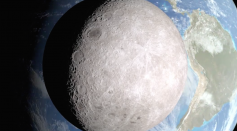
Thanks To Lunar Reconnaissance Orbiter NASA Reveals What Lies on the Dark Side of the Moon
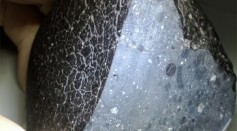
When Red Dust Settles, Only ‘Black Beauty’ Remains
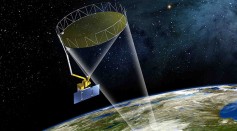
NASA Climate Research Satellite Launch Postponed Due to Fast Winds
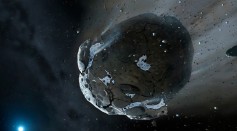
Massive Asteroid Doing a Flyby of Earth

Doomsday Clock Moves Even Closer to Midnight

NASA Researchers Bring Exoplanets to Life in Kepler Style

Alien Earth with Red Sun Discovered Close to Home
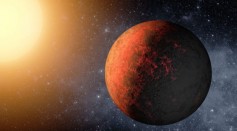
In Search of Life, Researchers Find Perfect Recipe for Earth-like Planets

NASA To Launch Satellite to Analyze Moisture Content of Earth
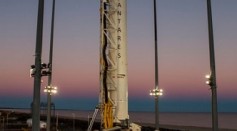
SpaceX’s Reusable Rocket Could Turn the Tide of Space Missions in 2015
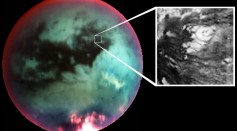
Saturn’s Titan Was Likely Sculpted by Rogue Winds Gusting on the Moon

Earth’s Warm Streak Could Peak in a Decade, If Policymakers Don’t Change
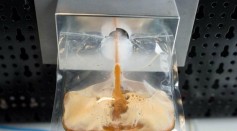
New Astronauts Bring Taste of Italy to ISS—ISSpresso An Instant Hit
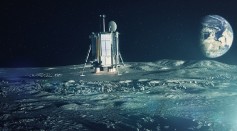
Lunar Mission To Take Remnants of Earth’s Culture to Space
Most Popular

How Technology Is Changing the Real Estate Industry?

AI Revolution in Medical Education: Transforming How Healthcare Professionals Learn

Zombie Star Set to Light Up Night Sky: Blaze Star Could Erupt Soon

Exploring Life Beyond Earth: Study Claims Other Planets Could Be Suitable for Alien Life





